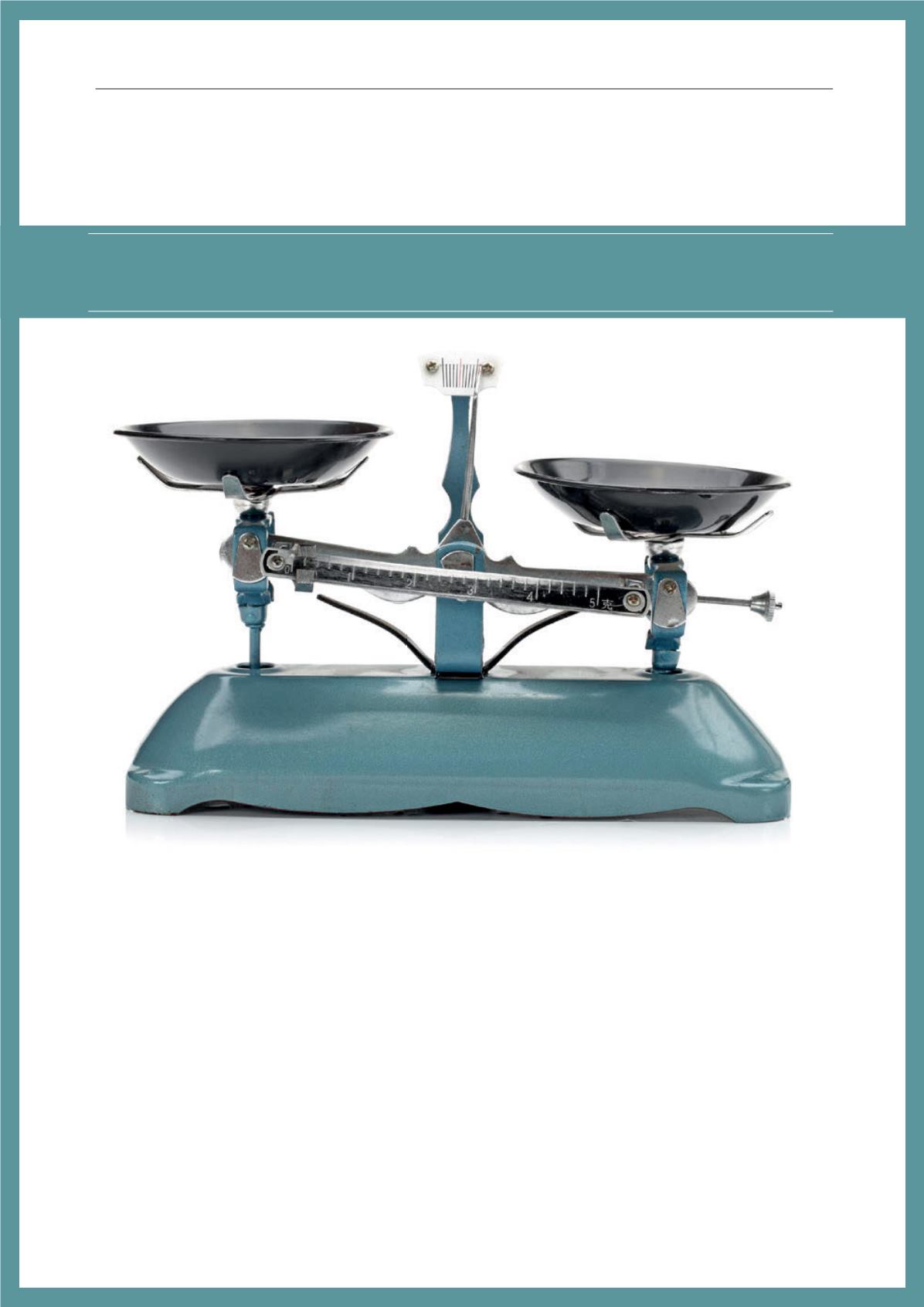
23
M
any articles have compared the three main
liquefaction technologies that are currently
available for offshore applications: dual nitrogen
expander (DNE) technology; single mixed refrigerant (SMR)
technology; and dual mixed refrigerant (DMR) technology.
However, these discussions usually address process efficiency
and have tended to overlook aspects such as operability,
reliability, safety and project-specific conditions, which can be
just as important as efficiency in the offshore environment.
Economic considerations, fromCAPEX andOPEX to total
lifecycle cost, financing environment, and distance from shore, will
also impact the final decision. In this article, SBMOffshore will
take a closer look at these aspects to assess the advantages and
disadvantages of each solution, and provide guidance on which
technology is best suited for different kinds of floating
applications. Final conclusions will be drawn based on the overall
project economics.
Liquefaction technologies for
offshore applications
As mentioned previously, themain liquefaction technologies
used in recent floating LNG (FLNG) projects under the front end
engineering and design (FEED) or engineering, procurement and
construction (EPC) phase are DMR, SMR, and DNE.
DMR represents themost efficient choice, having a relative
refrigerant power consumption of approximately
250 kWper kg/hr of LNG produced. Each liquefaction train is
made up of two refrigerant cycles; the refrigerant comprises a
mixture of light hydrocarbons and nitrogen. The DMR process
consists of two refrigeration cycles in series. To obtain good
Liquefaction:
Mike Wyllie and Francesco Criminisi, SBM Offshore,
Monaco,
consider the selection of liquefaction
technologies for floating applications.
weighing up the choices


